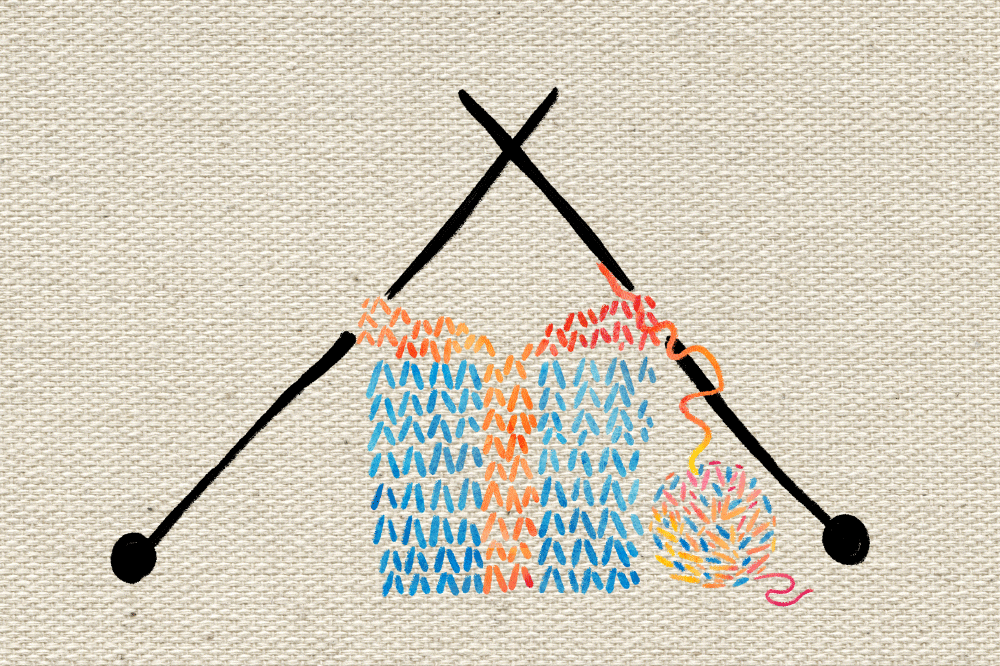Around Home : Notes on Fine Pianos and Garden and Animal Events : Fine Antique Pianos
SINCE 1350,keyboard-activated levers tipped with clavichord-pegs or harpsichord-quills have been vibrating strings against soundboards to make music. In 1709, Bartolomeo Cristofori, the Medicis’ harpsichord builder, replaced the plucking-quills with spring-back hammers. That allowed free vibration and volume control. Cristofori’s piano-forte (soft-loud) reached the Prussian court of Frederick the Great, where Bach tried it. Mozart wrote the world’s first great piano music on a fragile, thin-toned version of a piano. It was not long before thickened strings and iron bracing withstood Beethoven’s heavier chords.
In 1776, Broadwood of London patented the grand piano. Pedals were added--a damper pedal (often referred to as the “loud” pedal) that raised all the dampers and allowed the struck stings to sustain and a “soft” to strike fewer strings. (The middle-- sostenuto --pedal came later.) In 1855, Steinway of New York built the modern prototype. This is the piano inspired the already-present Romantics to experiment with brilliant runs, trills and arpeggios. It kindled worldwide hero-worship of virtuoso Franz Liszt. And it brought entertainment and elegance to the emerging Victorian middle class.
Fine pianos are immortal. Restrung, re-felted antiques in the proper hands give dazzling concerts. No two are alike. Older instruments have ivory white keys and ebony black keys; new ones have plastic keys. Dealers often stock pianos with the original benches. Bargains are available to buyers who can accept cracked soundboards, accurately gauge restoration costs and protect these beauties from temperature extremes.
Fine old pianos are sold by Pianos Wholesale in Temple City, Kasimoff in Hollywood, David L. Abell in Los Angeles, Keyboard Fantasy in Oxnard, Keyboard Concepts in Van Nuys and Sherman Clay stores throughout Southern California.
More to Read
The biggest entertainment stories
Get our big stories about Hollywood, film, television, music, arts, culture and more right in your inbox as soon as they publish.
You may occasionally receive promotional content from the Los Angeles Times.










